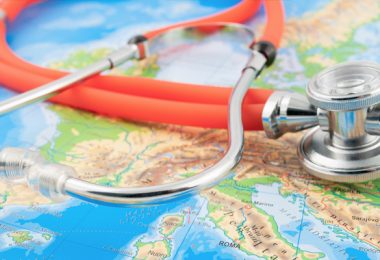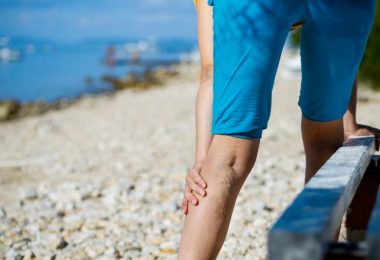
Uterine Fibroids are non-cancerous growths that occur inside the uterus. These benign growths in smooth muscle consist of as small as a pea to being as big as a melon. They are sometimes referred to as cysts and lemmas, and they affect about thirty to fifty percent of women over the age of forty years.
On the next page, we will share with you the Causes of Uterine Fibroids. Be sure to check it out! And as always, if you have any concerns about Uterine Fibroids, talk to his doctor.
Uterine Fibroids Causes:
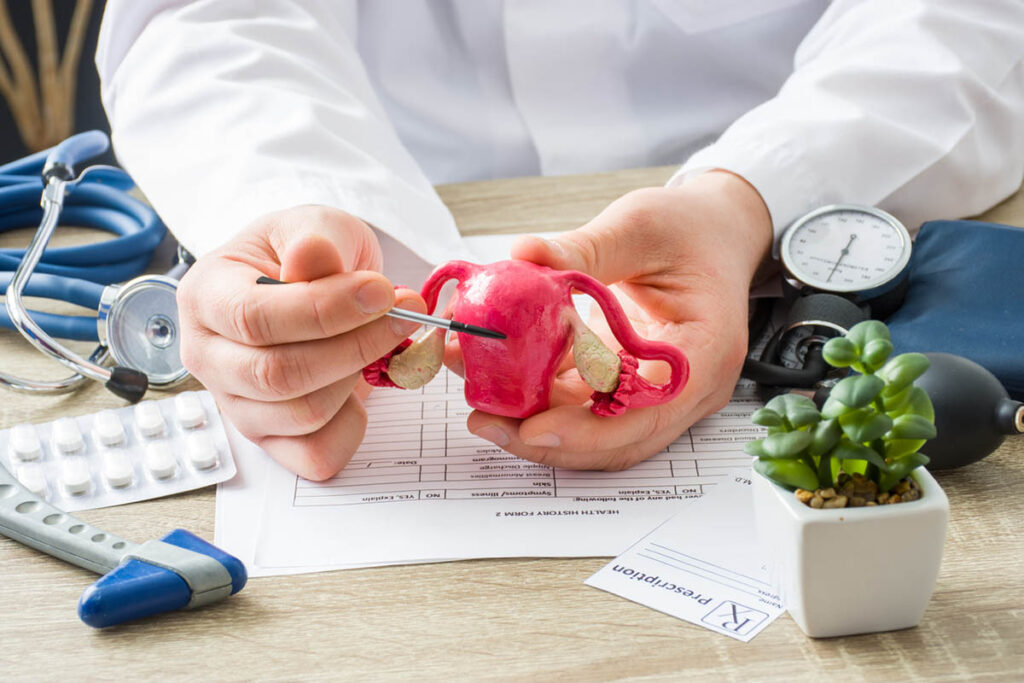
There has been much research done on fibroids and what causes them. Although there have been some theories about fibroid growth, no one has yet found the real cause of fibroids.
There is much speculation about what causes Uterine Fibroids and the best way to get rid of them. The exact cause of fibroid growth is still unknown but there are many possible factors that are thought to trigger fibroid growth. Fibroids normally develop during a pregnant woman’s reproductive years (between the ages of about 16 and 50) when estrogen levels are at their peak. When estrogen levels decrease, fibroids generally shrink.
There are a few other conditions that have been proven to cause fibroids. Obesity, high blood pressure, and poor diet are all known causes. When estrogen levels are too high, it is common to find fibroids in the breasts. So if you are overweight or if you have used birth control pills that contain estrogen, you are at risk of developing fibroids. If you smoke, you also risk getting them.
Uterine Fibroids Symptoms:
When Uterine Fibroid growth occurs in women with menopausal symptoms, it is called Polycystic Ovarian Syndrome, or PCOS for short. Women who have fibroids and menopausal symptoms often seek treatment for menopausal symptoms first. If left untreated, fibroids may continue to grow and cause further health issues, such as arthritis, infertility, breast cancer, kidney damage, and even osteoporosis.
One of the symptoms that is often noted in a woman who has a Uterine Fibroids is abdominal pain. This can be relieved with an IV drip, but if your doctor feels that it is too risky, he or she may decide to cut off the fibroid using surgery.
So how do we know whether we’re suffering from fibroid growth? There are two common methods used to test for fibroid growth. The two methods are:
Cystoscopy is used for detecting endometriosis. A dye is injected into the uterus to show if the fluid contains endometrial cells. If there is endometrial fluid present, then the fibroids are likely to be present. If no fluid is present, then the fibroids are not present.
Hysteroscopy uses a camera to look at the inside of the uterus. If there are fibroids, then there are endometrioma-like growths on the lining of the uterus. Endometriosis is a condition where endometrial cells grow outside the uterus, which can cause pain during pregnancy and infertility.
Uterine Fibroids Treatment:
The one thing we do know is that fibroids don’t always shrink and if left unchecked they can cause health problems. There are several treatments for fibroid growth, including surgery. Surgery is often the last resort because it is expensive and invasive. For example, the cystocele or sac that is found in the uterine lining and around the fallopian tubes of a pregnant woman, and which causes a problem with the pregnancy, often needs to be removed.
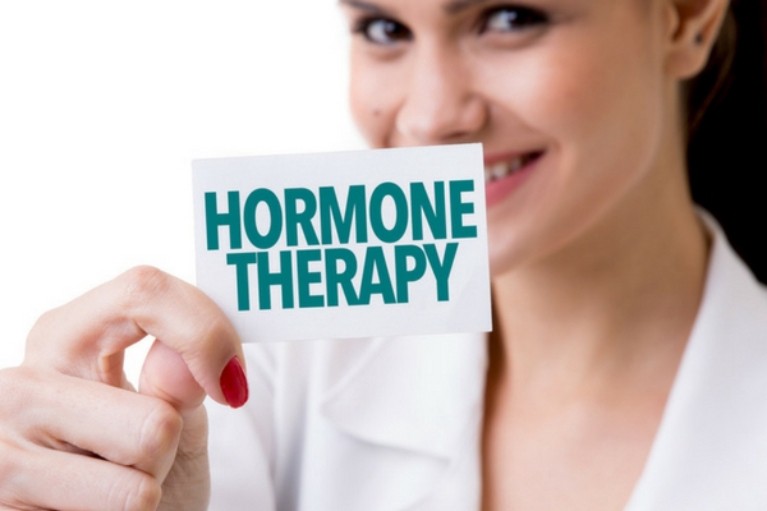
Unfortunately, this option often involves the removal of the ovaries so women with Uterine fibroids are often unable to have children, which is why the surgery can sometimes be avoided by having hormone therapy or hormonal imbalances assessed. If the doctor does think there’s a problem with the hormones, he or she may recommend a natural treatment for fibroids, which will often be effective in preventing the growth of new fibroids.
There are also many alternative treatments for fibroids. These include dietary changes, lifestyle changes, herbal remedies, physical exercise, and vitamin and mineral supplements.
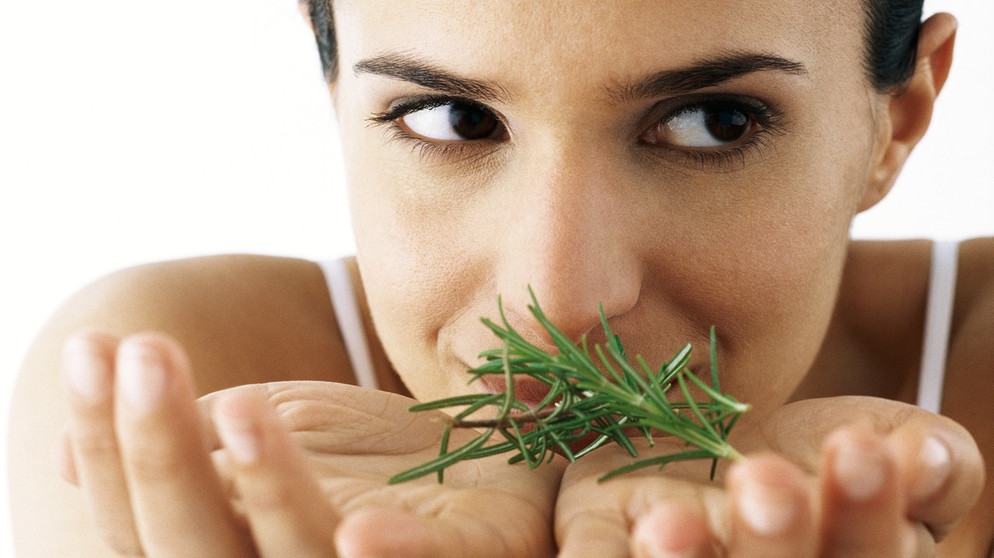
The first step in looking at alternative treatments is to talk to your doctor. Some doctors are less than enthusiastic about the idea of using herbal or vitamin or mineral supplements as a treatment for fibroids.
Alternative treatments for fibroids can be very effective, but it’s important to remember that they are not a guarantee that they will work for every woman. If you suffer from recurrent infections, bleeding after sex, fibroids that cause discomfort during pregnancy, or pain during labor, it’s always better to see a specialist. In some cases, a course of treatment combined with medication may be all that’s needed.
Uterine Fibroids Natural Treatment:

There are some ways to shrink fibroids safely and naturally. However, most doctors recommend that a woman undergo surgery to get rid of her fibroids, especially those that are very large.
If you want to keep your fibroids away and shrink them, you may need to try natural remedies. Some of these remedies are more effective than others. Others are just more expensive than others.

Generally eating plenty of fruits and vegetables and drinking lots of water may help reduce the size and the appearance of fibroids. It is best to eat foods that are rich in antioxidants.
Eating foods high in iron helps to protect the tissues around the affected area. Vitamins A and E help to heal the skin.
Drinking lots of water helps to flush out toxins that can cause the problem. Taking a multivitamin and drinking tea can also help to heal your skin.
If you are experiencing skin problems and you are unsure what is causing them, see a doctor. You may be suffering from fibroids due to a hormone imbalance.
Stress and depression can increase the risk of fibroids as well. If you think that you may be dealing with stress, you should talk to your doctor to see what they recommend for your situation.
Eating plenty of whole grains can help to prevent and slow the fibroid from growing. Also, eating yogurt can help.
Fibroid treatment options range from natural to surgical. However, the natural option is often best because there is little chance of harmful side effects.
You should always check with your doctor before starting any new treatment and make sure the course of treatment you choose is suitable for you. Natural treatments can be just as effective as conventional ones, so be sure you find the right one for your particular case.

